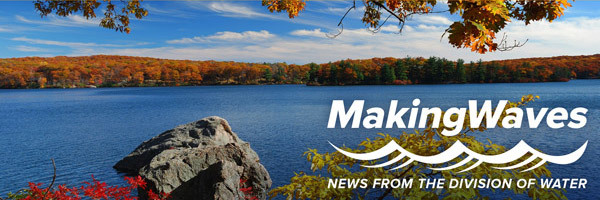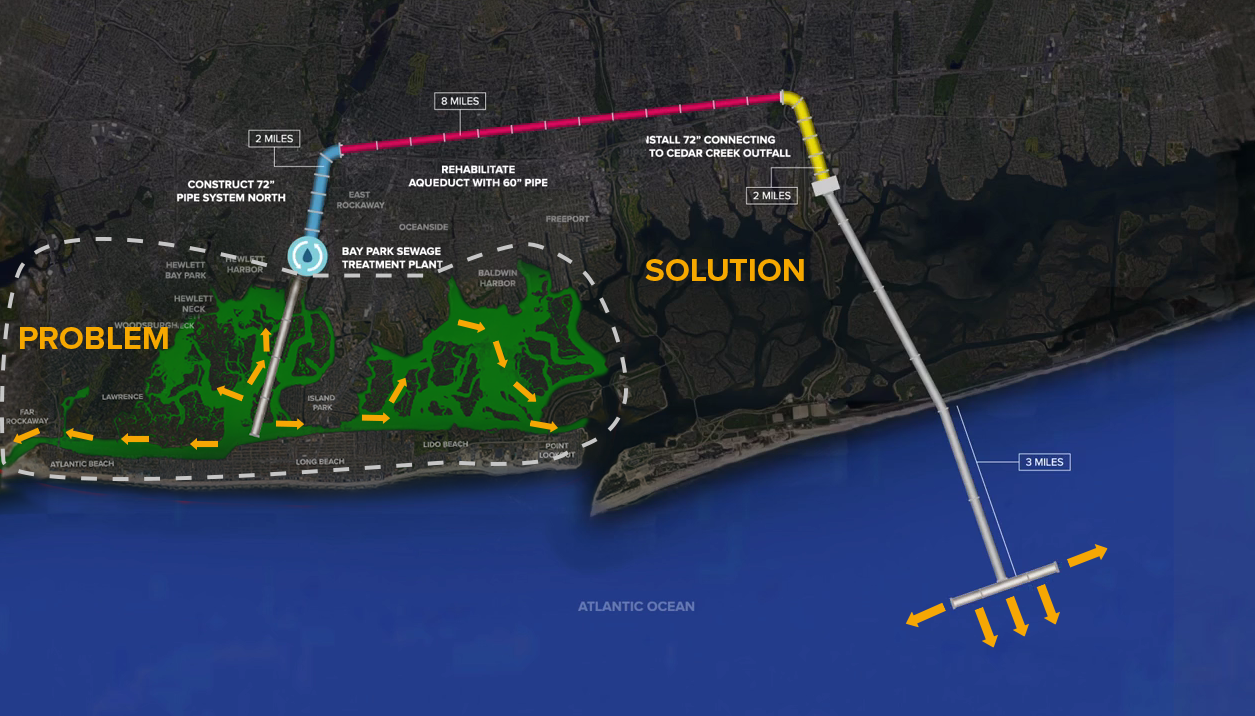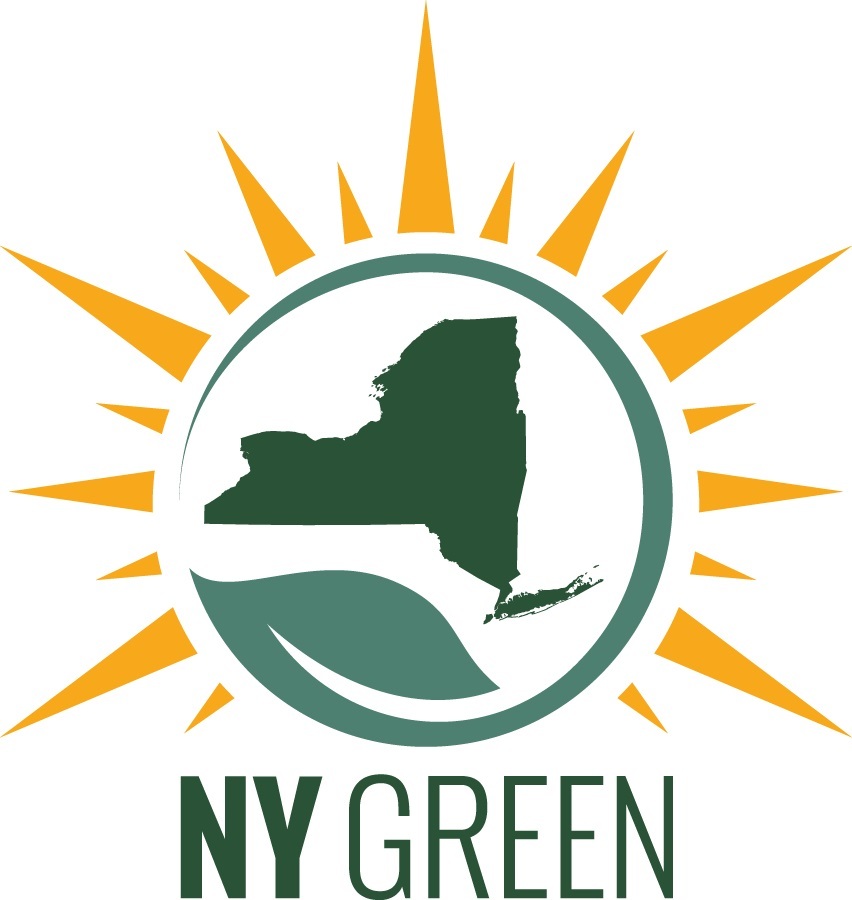MakingWaves - November 3, 2017
The New York State Department of Environmental Conservation sent this bulletin on 11/03/2017 02:40 PM EDT |
| DEC Delivers - Information to keep you connected and informed from the NYS Department of Environmental Conservation |
| Share or view as a web page || Update preferences or unsubscribe |
|
|
This Week's Updates:
Harmful Algal Bloom (HABs) Notification Season Has Ended for 2017HABs notices from 2017 have been summarized and moved to the HABs Archive webpage. DEC encourages the public to view the archive reports to be aware of waterbodies that were listed on the Notification webpage in the past. Blooms May Still Occur in the Fall and WinterHABs may occur on waterbodies throughout the year, although fewer blooms occur as water and air temperatures decrease. DEC recommends avoiding contact with floating mats, scums and discolored water at any time – If you see it, avoid it and report it! Continue to Report Suspected BloomsIf you suspect you have seen a bloom, or you, your family, or pet has been in contact with a bloom, please follow the instructions for reporting a bloom to DEC. 2017 Year End SummaryDuring the 2017 sampling season (May – October), over 160 waterbodies around the state were listed on the HABs Notifications webpage. Over 3,000 total samples and reports were collected by DEC and its partners. The HABs that were listed on the Notifications Page are summarized in the 2017 HABs Archive (PDF, 234 KB). An updated comprehensive summary since the DEC HABs Program began tracking blooms in 2012 is now available: 2012-2017 HABs Archive Summary (PDF, 288 KB). In 2017, DEC documented 45 waterbodies with Suspicious Blooms, 85 waterbodies with Confirmed Blooms, and 35 waterbodies with Confirmed with High Toxins Blooms. These incidences ranged from a single observation to widespread blooms that were persistent throughout the season. The 2017 DEC Lakes Monitoring Program identified 117 waterbodies with HABs. Public reporting outside of monitoring programs identified 25 additional waterbodies with HABs. The DEC Citizen Statewide Lake Assessment Program and the Lake Classification and Inventory Program contributed extensively to HABs reporting and sample collection in 2017. In addition, DEC partnerships with Department of Health, the Office of Parks Recreation and Historic Preservation, SUNY ESF, SUNY Stony Brook, the New York City Department of Parks and Recreation, The Owasco Lake Watershed Inspection Program, Seneca Lake Pure Waters Association, The Honeoye Watershed Task Force and other agencies were instrumental in documenting HABs in New York. Amendments to Part 830 AdoptedEffective November 1, 2017, DEC adopted amendments to Part 830 of Title 6 of the Official Compilation of Codes, Rules, and Regulations of the State of New York (NYCRR). These amendments upgraded the classification, description, and item numbers of certain waters in the Lake Champlain drainage basin. This rulemaking was necessary to meet the "fishable" goal of the federal Clean Water Act and to provide enhanced protection for trout waters. The Assessment of Public Comment, text of the final rule and related documents are available on DEC’s Adopted Amendments to 6 NYCRR Part 830 Lake Champlain Drainage Basin webpage, or by contacting Michelle Tompkins, NYS DEC - Division of Water, 625 Broadway, Albany, NY 12233-3500 or at Part.830Reclass@dec.ny.gov or via telephone at 518-402-8179. Resiliency Project to Reduce Nitrogen Pollution in LI Western BaysOn October 29, the fifth anniversary of Superstorm Sandy, Governor Andrew M. Cuomo announced a $354 million project to significantly improve the water quality of Long Island's Western Bays. Waste from the Bay Park Wastewater Treatment Plant will be diverted—through an abandoned aqueduct under Sunrise Highway—to the existing Cedar Creek outfall, which diffuses treated sewage nearly three miles into the Atlantic Ocean. The project will prevent the discharge of 19 billion gallons of treated sewage into the warm, shallow Western Bays each year, eliminating harmful nitrogen pollution to jump start the rejuvenation of vital marshlands that protect communities from waves and storm surge. New York ♥s Green BusinessDEC has launched the New York Green Business View Division of Water updates from the last 30 days. |



 (NYGB) program
(NYGB) program